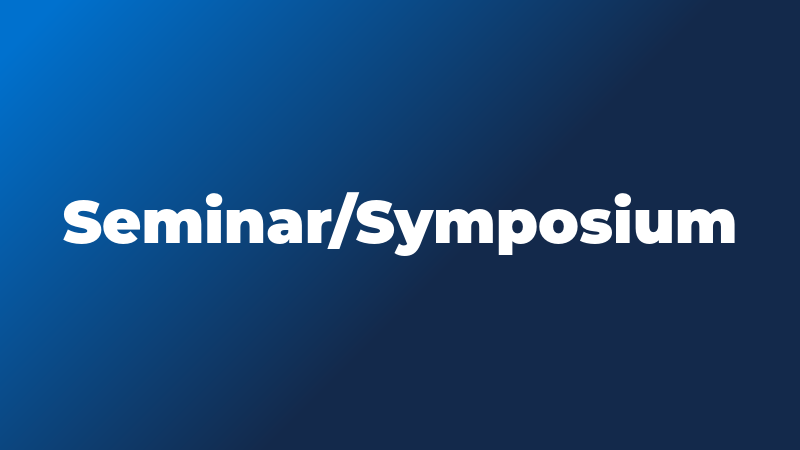Data-driven method to accelerate advection operator in chemical transport modeling

- Sponsor
- CEE 595AG Advanced Environmental Engineering Seminar
- Speaker
- Manho Park, PhD Candidate (Advisor Chris Tessum)
- Views
- 55
The transport operator (i.e. advection) is the second-most computationally expensive component in atmospheric chemical transport modeling. Timely and accurate global transport modeling is increasingly important given the increasing impact and frequency of long-range wildfire smoke transport episodes. One way to accelerate transport modeling is to decrease spatial or temporal model resolution, but this leads to reduced accuracy. Data-driven method has the potential to tackle this dilemma of traditional numerical methods. The first chapter aims to develop a data-driven advection method to reduce the computational intensity without substantial loss of accuracy. My trial with the convolutional neural network (CNN) based surrogate model successfully achieved 340 times speedup of the 2-D horizontal advection with spatiotemporal coarsening. However, in the native spatial resolution without coarsening, the CNN-based model was numerically unstable. We will challenge the order-of-magnitude speedup without losing spatial details using sparse identification of nonlinear dynamics. In the second chapter, I will verify and validate the data-driven method. Since there is no analytical solution for an advection equation with variable velocity, I will compare the numerical simulations with other established models. For validation, I will compare the simulation with satellite observations. The model evaluation here will give feedback to refine the model choice among multiple machine learning approaches in the first chapter. My final objective is to identify the maximum likelihood of wildfire emission sources attributed to the global transportation of smoke. Characterizing the location and intensity of emission sources of global smoke transport poses scientific challenges due to the limited monitoring and computational tractability of existing global modeling. The source information is crucial to answering an important question: under what circumstances wildfire smoke can have global implications rather than local pollution? With the order-of-magnitude faster transport operator, I will run hindcast simulations of global smoke episodes with multiple scenarios to revisit the behind-the-scenes of wildfire. The results of this study will provide a viable method to model global tracer transport and a scientific basis to study the dispersion of massive wildfires.